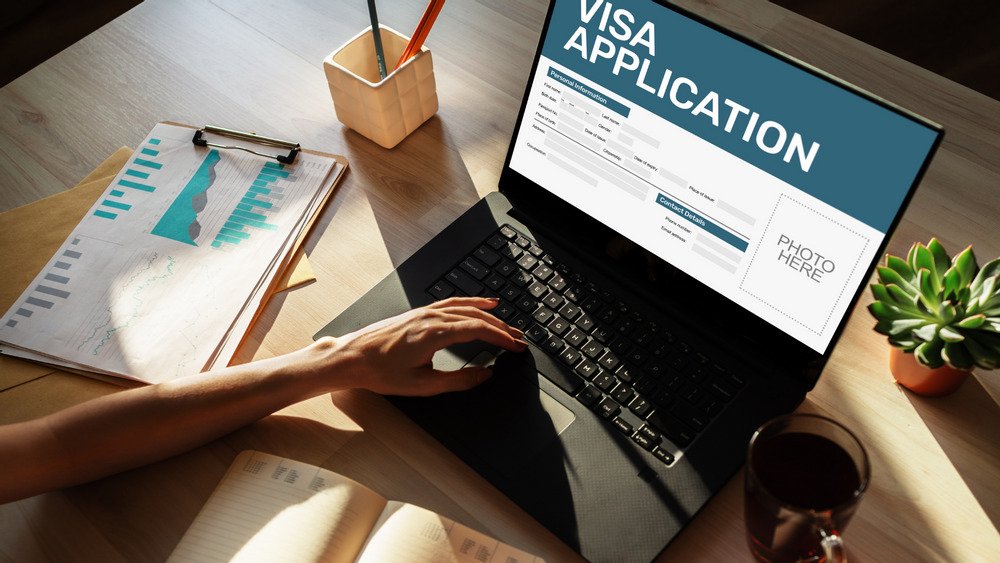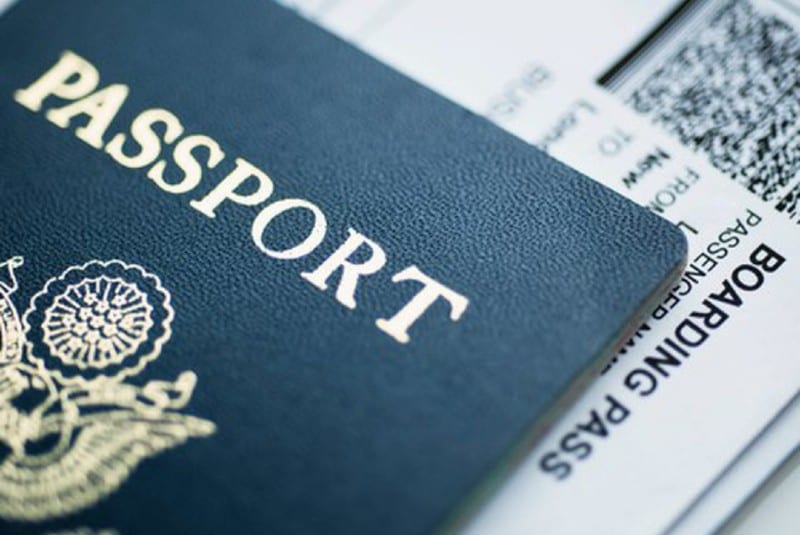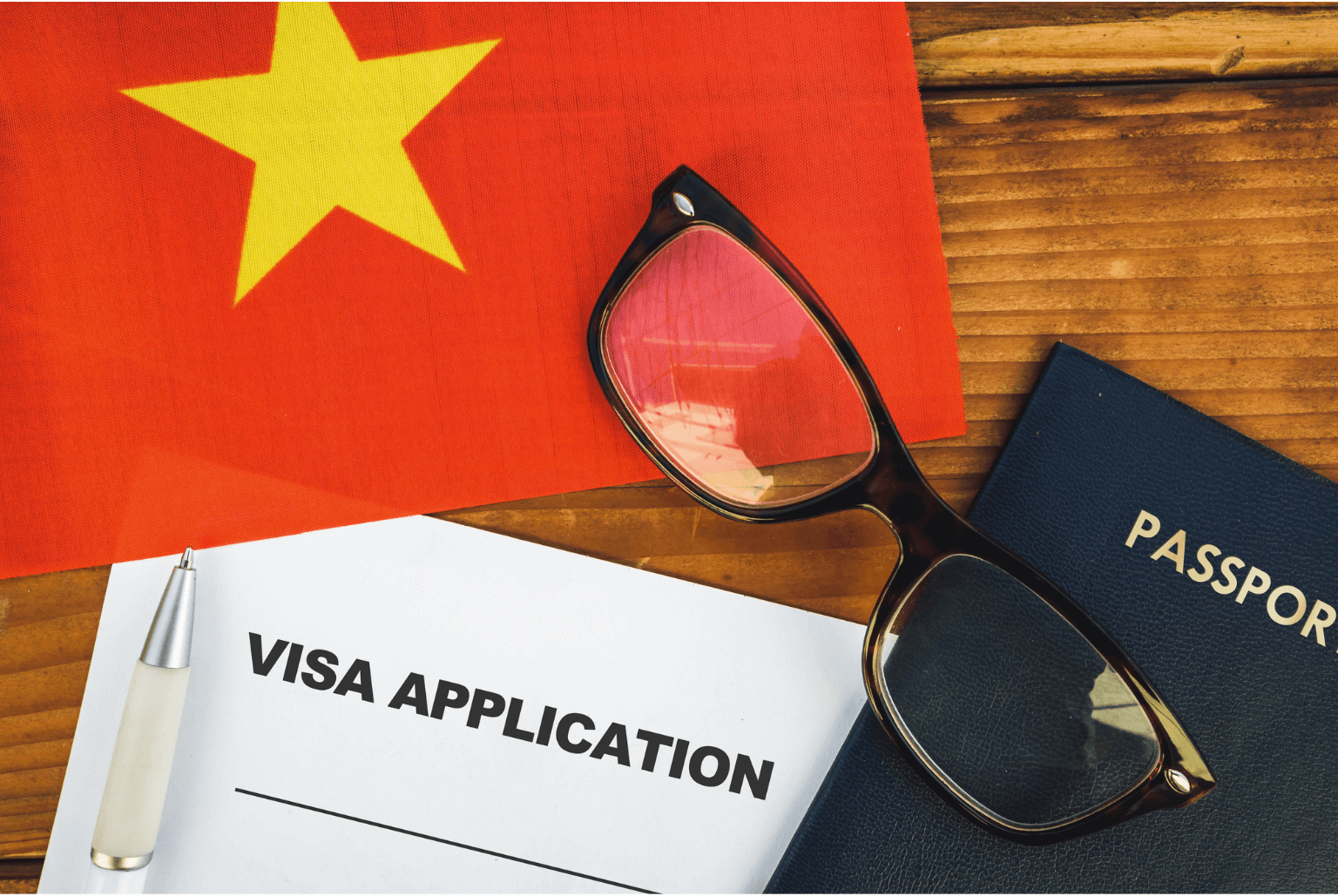As an Indian citizen, you must obtain a valid visa to enter Vietnam, unless you have a valid temporary residence card or a 5-year Vietnam visa. In this comprehensive article, we will explore the various types of Vietnam visas available for Indian citizens, the requirements, application process, and everything you need to know to make your trip to Vietnam a seamless experience.
Vietnam Visa Types and Validity for Indians
Vietnam offers several visa options for Indian citizens, each with its own specific requirements and validity. Let’s take a closer look at the different types of Vietnam visas available for Indian travelers.
1. Vietnam e-Visa

The Vietnam e-Visa is a popular choice for Indian citizens looking to visit Vietnam for tourist or business purposes. This electronic visa can be obtained through a straightforward online application process and is valid for a maximum of 30 days, with a single or multiple-entry option.
Eligibility for Vietnam e-Visa
To be eligible for a Vietnam e-Visa, Indian citizens must meet the following criteria:
• Hold a valid Indian passport with at least 6 months of remaining validity
• Have a purpose of visit that falls within the categories of tourism, business, or a visit to a relative
Vietnam e-Visa Validity and Entries
The Vietnam e-Visa for Indian citizens is valid for a maximum of 30 days, with the option of either single or multiple entries. This means you can enter Vietnam multiple times within the 30-day period or choose to make a single entry during your stay.
2. Vietnam Visa on Arrival (VOA)
The Vietnam Visa on Arrival is another option for Indian travelers who need a visa to enter Vietnam, particularly those who require a longer stay or a business visa. This visa is obtained upon arrival at one of the designated international airports in Vietnam.
Eligibility for Vietnam Visa on Arrival
To be eligible for a Vietnam Visa on Arrival, Indian citizens must:
• Hold a valid Indian passport with at least 6 months of remaining validity
• Have a purpose of visit that falls within the categories of tourism, business, or a visit to a relative
• Arrange for a pre-approved visa approval letter before arrival in Vietnam
Vietnam Visa on Arrival Validity and Entries
The Vietnam Visa on Arrival for Indian citizens can be obtained for a maximum stay of 30 days, with the option of either single or multiple entries. The visa validity can be extended for an additional 30 days if needed.
3. Vietnam Visa via Embassy/Consulate
Indian citizens can also apply for a Vietnam visa directly through the Vietnamese Embassy or Consulate in India. This option is suitable for those who require a longer stay or a specific type of visa, such as a work visa or a student visa.
Eligibility for Vietnam Visa via Embassy/Consulate
To apply for a Vietnam visa through the Embassy or Consulate, Indian citizens must:
• Hold a valid Indian passport with at least 6 months of remaining validity
• Provide the necessary documents required for the specific visa type, such as a letter of invitation, a business license, or a student enrollment certificate
Vietnam Visa Validity and Entries
The validity and number of entries for a Vietnam visa obtained through the Embassy or Consulate can vary depending on the visa type and the purpose of the visit. It’s essential to check the specific requirements for the visa you need.
Can Indian Citizens Apply for Vietnam e-Visa?
Yes, Indian citizens are eligible to apply for a Vietnam e-Visa. The Vietnam e-Visa is a convenient and hassle-free option for Indian travelers who plan to visit Vietnam for tourism or business purposes.
Advantages of Vietnam e-Visa for Indian Citizens
• Faster and Easier Application Process: The Vietnam e-Visa application can be completed entirely online, eliminating the need to visit the embassy or consulate.
• Reduced Processing Time: The processing time for a Vietnam e-Visa is typically faster than a traditional visa obtained through the embassy or consulate.
• Flexibility in Entry and Exit Points: With a Vietnam e-Visa, you can enter and exit the country through any of the designated international airports or land border crossings.
• Convenience: The Vietnam e-Visa can be obtained from the comfort of your own home, without the need to submit physical documents or visit any government offices.
What are the Requirements to Get Vietnam e-Visa for Indians?

To apply for a Vietnam e-Visa as an Indian citizen, you’ll need to provide the following:
1. Valid Indian Passport: Your Indian passport must have a minimum validity of 6 months from the date of your planned arrival in Vietnam.
2. Passport-sized Photograph: You’ll need to upload a recent, high-quality passport-style photograph of yourself.
3. Purpose of Visit: You’ll need to specify the purpose of your visit to Vietnam, which can be tourism, business, or a visit to a relative.
4. Travel Dates: You’ll need to provide the intended dates of your arrival and departure from Vietnam.
5. Payment Information: You’ll need to have a valid debit or credit card to pay the Vietnam e-Visa fee.
Once you have all the necessary information and documents, you can proceed with the online application for your Vietnam e-Visa.
Vietnam e-Visa Cost for Indian Citizens
The cost of a Vietnam e-Visa for Indian citizens varies depending on the type of visa and the number of entries:
Visa Type Single Entry Multiple Entry
Vietnam e-Visa $25 USD $50 USD
Please note that the Vietnam e-Visa fee is subject to change, so it’s always best to check the official website for the most up-to-date information.
Vietnam e-Visa Processing Time for Indian Citizens
The processing time for a Vietnam e-Visa for Indian citizens typically takes 1-3 business days. However, it’s recommended to apply for your e-Visa at least 7 working days (excluding weekends and public holidays) before your planned arrival in Vietnam to ensure timely processing.
In some cases, the processing time may take longer, especially during peak travel seasons or if there are any issues with your application. It’s important to plan ahead and apply for your Vietnam e-Visa well in advance to avoid any last-minute delays.
How to Get Vietnam e-Visa for Indians
Obtaining a Vietnam e-Visa as an Indian citizen is a straightforward process. Here’s a step-by-step guide to help you through the application:
Step 1: Gather the Required Documents
Ensure that you have all the necessary documents, including a valid Indian passport, a passport-sized photograph, and your travel details.
Step 2: Access the Vietnam e-Visa Website
Visit the official Vietnam e-Visa website and select the “Apply for e-Visa” option.
Step 3: Complete the Online Application Form
Fill out the online application form with your personal information, travel details, and the purpose of your visit.
Step 4: Upload the Required Documents
Upload your passport-sized photograph and any other supporting documents required for your specific visa type.
Step 5: Pay the Vietnam e-Visa Fee
Pay the applicable visa fee using a valid debit or credit card.
Step 6: Wait for Approval
Once your application is submitted, wait for the processing to be completed. You’ll receive an email with your approved e-Visa, which you can then print and present upon arrival in Vietnam.
It’s important to note that the Vietnam e-Visa is only valid for entry through specific international airports and land border crossings. Be sure to check the list of approved entry points before planning your trip.
Can I Enter Vietnam with My e-Visa at Any Point of Entry?
No, the Vietnam e-Visa has a limited number of approved entry and exit points. Indian citizens holding a Vietnam e-Visa can only enter and exit the country through the following designated international airports and land border crossings:
Approved Entry and Exit Points for Vietnam e-Visa:
International Airports:
• Noi Bai International Airport (Hanoi)
• Tan Son Nhat International Airport (Ho Chi Minh City)
• Da Nang International Airport (Da Nang)
• Cam Ranh International Airport (Nha Trang)
• Phu Quoc International Airport (Phu Quoc Island)
Land Border Crossings:
• Moc Bai (Cambodia-Vietnam border)
• Lao Cai (China-Vietnam border)
• Dong Dang (China-Vietnam border)
• Cau Treo (Laos-Vietnam border)
• Cha Lo (Laos-Vietnam border)
It’s crucial to ensure that your planned entry and exit points are among the approved locations for the Vietnam e-Visa. If you need to enter or exit Vietnam through a different location, you may need to apply for a different type of Vietnam visa, such as a visa obtained through the embassy or consulate.
Is it Possible to Extend My Stay in Vietnam Beyond My e-Visa Duration?
Yes, it is possible to extend your stay in Vietnam beyond the duration of your e-Visa, but the process can vary depending on your specific situation.
Extension of Vietnam e-Visa
If you need to extend your stay in Vietnam beyond the initial 30-day period granted by the e-Visa, you can apply for a visa extension through the Vietnam Immigration Department. The extension can be applied for before your e-Visa expires and is subject to approval.
The steps to extend your Vietnam e-Visa are as follows:
1. Submit an application for a visa extension at the Vietnam Immigration Department office.
2. Provide the necessary supporting documents, such as a copy of your passport and e-Visa, and a valid reason for the extension.
3. Pay the required extension fee.
4. Wait for the processing and approval of your extension request.
The extension of a Vietnam e-Visa is usually granted for an additional 30 days, but the final decision rests with the immigration authorities.
Switching to a Different Visa Type
If you need to stay in Vietnam for a longer period or for a different purpose, you may need to switch to a different type of Vietnam visa, such as a business visa or a work visa. This process would involve applying for a new visa, either through the embassy/consulate or by applying for a visa on arrival.
It’s important to plan your trip and visa requirements carefully to ensure a smooth and hassle-free experience in Vietnam.
Do I Have to Enter Vietnam on the Exact Date Specified in My e-Visa Letter?
No, you do not have to enter Vietnam on the exact date specified in your Vietnam e-Visa letter. The e-Visa is valid for a specific validity period, usually 30 days, and you can enter Vietnam anytime within that period.
However, it’s important to note that the validity period of your e-Visa begins from the date you specified as your intended arrival date in the application. If you enter Vietnam after the intended arrival date, the validity period of your e-Visa will still be calculated from the original date you provided.
For example, if your Vietnam e-Visa is valid from June 1st to June 30th, and you enter Vietnam on June 15th, your e-Visa will still be valid until June 30th. You do not need to enter Vietnam on the exact date mentioned in your e-Visa letter, as long as you enter within the valid period.
It’s recommended to plan your trip carefully and enter Vietnam within the validity period of your e-Visa to avoid any issues or complications during your stay.
Frequently Asked Questions
1. Can I apply for a Vietnam e-Visa if I have a valid visa from another country?
Yes, you can apply for a Vietnam e-Visa even if you have a valid visa from another country. The Vietnam e-Visa is a separate document that allows you to enter and stay in Vietnam for a specific duration.
2. Can I extend my Vietnam e-Visa if I need to stay longer?
Yes, it is possible to extend your Vietnam e-Visa if you need to stay in the country beyond the initial 30-day period. You can apply for an extension at the Vietnam Immigration Department office before your e-Visa expires.
3. Can I use my Vietnam e-Visa to enter the country multiple times?
Yes, the Vietnam e-Visa can be issued as either a single-entry or multiple-entry visa. If you choose the multiple-entry option, you can enter and exit Vietnam multiple times within the validity period of your e-Visa.
4. Do I need to print the Vietnam e-Visa letter?
Yes, you should print the Vietnam e-Visa letter and have it ready to present to the immigration authorities upon arrival in Vietnam. The e-Visa letter is the official document that confirms your approved visa.
5. Can I apply for a Vietnam e-Visa on behalf of my family members?
Yes, you can apply for a Vietnam e-Visa on behalf of your family members, such as your spouse and children. Each family member will need to have a valid Indian passport and submit their own application.
Tips for Smooth and Faster Processing of Vietnam Visa for Indians
To ensure a smooth and efficient Vietnam visa application process as an Indian citizen, here are some helpful tips:
1. Apply Early: Submit your Vietnam visa application at least 7 working days (excluding weekends and public holidays) before your planned arrival in Vietnam to allow for sufficient processing time.
2. Provide Accurate Information: Double-check your application form and ensure that all the information you provide is accurate and matches your passport details.
3. Upload High-Quality Documents: Ensure that the passport-sized photograph and any other supporting documents you upload are clear and high-quality, as this can speed up the processing.
4. Consider Vietnam Arrival Fast-Track Service: To expedite the arrival process at the Vietnamese airport, consider using the Vietnam Arrival Fast-Track service, which allows you to bypass long immigration queues.
5. Stay Informed: Keep up-to-date with any changes or updates in the Vietnam visa requirements for Indian citizens, as they may change from time to time.
6. Seek Professional Assistance: If you’re unsure about the visa application process or have specific requirements, consider seeking the help of a visa service provider or a travel agent to guide you through the process.
Conclusion
Obtaining a Vietnam visa as an Indian citizen is a straightforward process, with several options available, including the convenient Vietnam e-Visa. By understanding the visa requirements, application process, and important considerations, Indian travelers can ensure a hassle-free and enjoyable trip to Vietnam.
Remember to plan your trip well in advance, gather all the necessary documents, and be mindful of the visa validity and entry/exit points. With the right preparation and information, your Vietnam adventure awaits!


